Website Optimization Isn’t Cosmetic—It’s Conversion Science
Why Optimizing Your Website Means More Than Just Looking Good

The Hidden Power of Optimization
It’s not enough to simply have a website. In today’s digital world, your website needs to perform, persuade, and convert. A slow-loading, cluttered, or confusing site doesn’t just miss opportunities—it actively turns potential customers away. Website optimization is no longer a luxury. It’s the science of getting your visitors to take action.
At Proshark, we believe optimization is the engine behind online growth. It’s the combination of design, performance, and data-driven tweaks that turn browsers into buyers. Let’s break down what it really means to treat website optimization as a conversion-driving discipline.
1. The Truth About Website First Impressions
You have about 3 seconds to convince a visitor they’re in the right place. That means:
- A fast load speed
- Clear, engaging visuals
- An obvious next step
If your site confuses users or makes them wait, they leave. That’s not speculation—it’s proven behavior.
2. Mobile-First Isn’t Optional
More than half of all web traffic now comes from mobile devices. If your site isn’t responsive or looks broken on a phone, you’re losing a major share of your audience. Mobile optimization means:
- Touch-friendly buttons
- Fast mobile load times
- Readable text and streamlined navigation
It’s about accessibility and usability. People expect a seamless experience no matter the screen.
3. Speed: Every Second Costs You
Google found that a delay of just 1 second can drop conversions by 7%. A few seconds more? You’re bleeding leads. Optimizing for speed involves:
- Compressing images
- Minifying CSS and JavaScript
- Using caching and content delivery networks (CDNs)
Page speed isn’t just technical. It’s psychological. Slowness breeds doubt.
4. UX Design That Drives Decisions
User experience (UX) is how a visitor feels when using your site. Optimization means designing for:
- Clarity
- Flow
- Purpose
Do users know what to do next? Is the navigation logical? Are calls to action persuasive and positioned correctly? A beautiful site that doesn’t convert is like a sports car with no engine.
5. SEO and Optimization Go Hand in Hand
If you want to be found, you need to play by search engine rules. SEO-focused optimization includes:
- Clean URL structure
- Fast page loading
- Proper heading hierarchy
- Keyword-rich, valuable content
Technical SEO also includes sitemaps, schema markup, and fixing crawl errors. Visibility starts here.
6. Conversion Optimization Is Data-Driven
Guesswork doesn’t grow revenue. We use:
- Heatmaps
- A/B testing
- Scroll tracking
- Funnel analysis
These tools tell us where people click, what they ignore, and where they drop off. We tweak designs and messaging based on what the data says.
7. Strong CTAs Aren’t an Afterthought
A call-to-action should be:
- Clear
- Visible
- Urgent
Whether it's a form, a button, or a banner, your CTAs should feel like natural next steps—not afterthoughts hidden in the footer.
8. Accessibility = Better UX for Everyone
Accessibility isn’t just ethical—it improves overall usability. Screen-reader compatibility, proper contrast ratios, and alt text for images ensure more users can engage with your site.
Search engines reward accessible design. So do real users.
9. Optimization Is a Continuous Cycle
Sites aren’t "set it and forget it."
- Trends evolve
- Devices change
- Algorithms shift
Ongoing optimization means monitoring performance, adjusting content, and regularly testing new elements to see what resonates.
10. Trust Signals Build Confidence
People need to feel safe before they buy. Optimize by including:
- SSL certificates (HTTPS)
- Testimonials
- Case studies
- Secure checkout experiences
Trust accelerates conversion. Don’t let doubt creep in.
11. Integrate with Analytics
Google Analytics, Hotjar, and other tools help you measure:
- Bounce rates
- Time on page
- Top traffic sources
- Most exited pages
You can’t fix what you don’t track. Data is your north star.
12. Reduce Friction Everywhere
Too many steps, too much text, or too many options confuse users. Streamline your:
- Navigation
- Checkout process
- Forms
Less is often more. Guide users. Don’t overwhelm them.
13. It’s Not About Looking Pretty—It’s About Performing
Design is a vehicle, not a destination. Your site doesn’t need to win awards. It needs to:
- Load fast
- Make money
- Keep visitors coming back
That’s conversion science. That’s what optimization is for.
Your Website Is a Growth Machine
Think of your website as a salesperson that never sleeps. Would you hire someone who was slow, unclear, or inconsistent? Of course not.
Website optimization is how you turn that digital salesperson into a closer.
At Proshark, we combine technical excellence with marketing intelligence to make sure your site doesn’t just show up—it shows out.
Ready to turn your website into a conversion machine? Let’s optimize.







